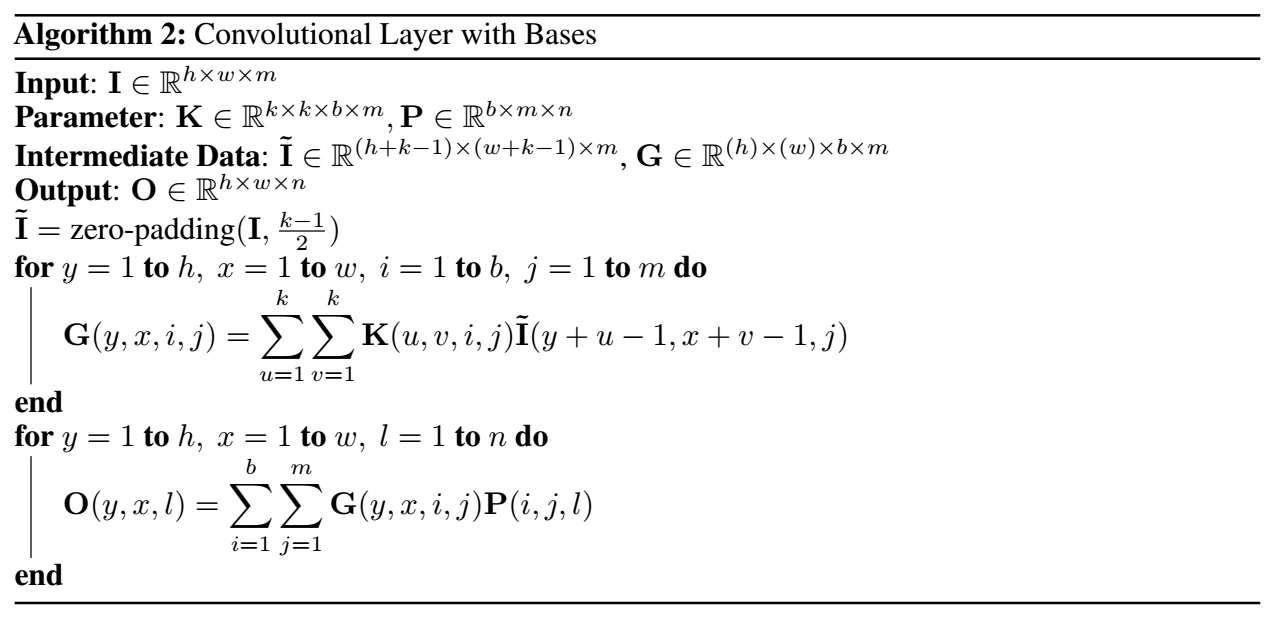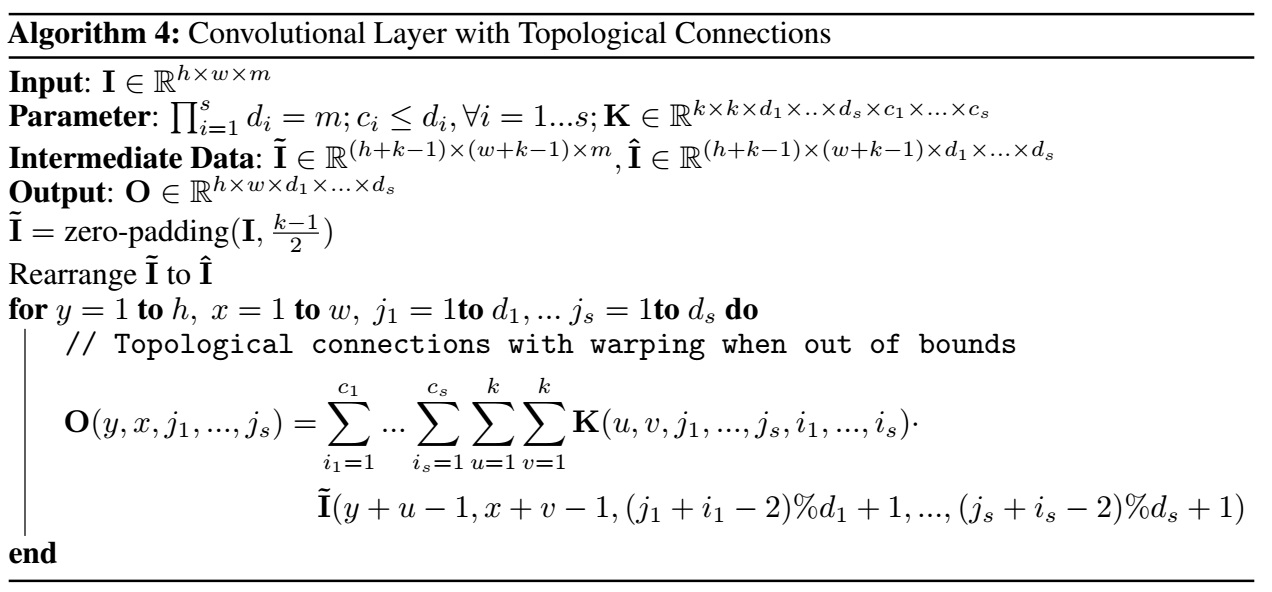Today I read a very interesting essay about solitude. The ideas of the essay are quite appealing for me because I myself prefer to be alone rather than hanging out with people. Sometimes I even prefer to travel alone without any companions, though it is not a wise choice. The essay can be found here.
Today’s society encourages us to spend as much time as possible with other people; even when we are alone, we are texting, emailing, phoning, and Skyping each other. We are always expected to be doing something or going somewhere, but there are actually lots of benefits to spending time alone.
Solitude isn’t very popular in our constantly connected world, and often people who spend time alone are assumed to be lonely or sad. However, this is rarely the case; lots people enjoy spending time alone because it benefits them psychologically. Spending time alone is actually good for us, and it gives us the chance to relax and recharge.
Spending Time Alone Will Make You More Confident
Unconfident people often rely on others to help with decisions, but spending time alone encourages you to make decisions for yourself. When you are alone, you can ignore other people’s opinions and ideas so that you can really focus on your own thoughts. You get the opportunity to weigh up all of the pros and cons so that you make the best possible decision, which helps to inspire confidence within ourselves.
Spending Time Alone Will Boost Your Productivity
When we are around other people, we often become distracted from our goals and priorities. When we are alone, we get the chance to really think about what matters to us, from work to family to money. This helps us to decide our goals and it also motivates us to work towards achieving our goals.
Spending Time Alone Helps You to be Creative
Everyone is creative in different ways, but when we are around other people, we are more likely to do what the rest of the group is doing. When we are alone, outside influences are removed and we can do exactly as we please. Some people enjoy drawing or painting, and others might enjoy cooking, reading, writing, or making music. There are lots of different ways to be creative, and when we are alone we get the chance to explore our individual interests and abilities.
Spending Time Alone Will Clear Your Mind
Our society is filled with information and we often overload on the endless stream of information coming from work, social media, and our friends and family. Sometimes it is essential to take a break from the stream of information so that we can think about our lives and assess everything that is happening. Spending time alone allows us to clear our minds, which makes us happier and more relaxed.
Spending Time Alone Will Help You to Solve Problems
The best solutions often come to us when we are alone and reflecting on our problems. Spending time alone helps us to work through a problem as we get the chance to really think about it. We can think about what caused the problem, as well as all the different ways we can do to solve the problem. We also get the opportunity to think about what we really want, which helps us to think of effective solutions.
Spending Time Alone Will Help You to Get Things Done
Most people have a list of things that they need to do, but it is difficult to tick anything off the list when you are always with people. When you are alone, you get uninterrupted time to work on your to-do list, and we often achieve a lot more when we are alone as there are no distractions. Even if it isn’t fun to work through the list, you will feel happy and productive when you finish working.
Spending Time Alone Relieves Stress and Anxiety
Lots of people today suffer from stress and anxiety, and spending time alone helps us to de-stress and relax. When we are alone we don’t have to listen to other people’s problems or issues; we can just relax and do as we please.
Spending Time Alone Encourages You to be More Independent
One of the main benefits to spending time alone is that it inspires us to be more independent. When we are alone we can focus on personal progress, problem solving, and enjoying ourselves, which all encourage independence and self-love.





